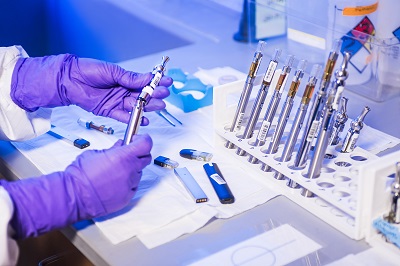What is the process for CDSCO registration of Class D medical devices? What are the steps?
Release time:2024-08-30 11:02:05
The author:
source:
Understand Regulations: Familiarize yourself with the Drugs and Cosmetics Act, 1940, and the Medical Devices Rules, 2017.
The process for CDSCO registration of Class D medical devices involves several key steps. Here's a detailed outline of the process:
1. Pre-Application Preparations:
- Understand Regulations: Familiarize yourself with the Drugs and Cosmetics Act, 1940, and the Medical Devices Rules, 2017.
- Classify the Device: Confirm that your device is classified as Class D, the highest risk classification, and review the specific requirements for this class.
- Prepare Documentation: Gather all required documentation, including technical files, clinical data, quality management system details, and risk management reports.
2. Register on the SUGAM Portal:
- Create an Account: Register on the SUGAM Portal, the online platform for submitting medical device registration applications to CDSCO.
- Complete Application: Fill out the online application form with device details, manufacturer information, and other required data.
3. Submit Technical Documentation:
- Device Master File: Upload detailed technical documentation, including device description, specifications, manufacturing processes, and performance data.
- Clinical Evaluation: Submit clinical data and evaluation reports demonstrating the device’s safety and effectiveness.
- Manufacturing Information: Provide details about the manufacturing process, quality control procedures, and compliance with ISO 13485.
4. Pay Fees:
- Fee Payment: Pay the applicable registration fees online through the SUGAM portal. Ensure that the payment receipt is attached to your application.
5. Review and Inspection:
- Application Review: CDSCO will review your application and may request additional information or clarifications.
- Inspection (if applicable): CDSCO may conduct an inspection of the manufacturing facility or request additional documentation to verify compliance with regulatory requirements.
6. Approval and Issuance:
- Receive Registration: Once the application is approved, CDSCO will issue a registration certificate for the Class D medical device.
- Certification Validity: The registration is generally valid for 5 years. Ensure timely renewal before the certificate expires.
7. Post-Registration Requirements:
- Post-Market Surveillance: Implement and maintain a post-market surveillance plan to monitor device performance and report any adverse events or safety issues to CDSCO.
- Compliance Updates: Notify CDSCO of any significant changes to the device or manufacturing processes and update your documentation as necessary.
Key Considerations:
- Timely Submissions: Submit all required documentation and fees in a timely manner to avoid delays.
- Consult Experts: Engage with regulatory consultants if needed to ensure compliance and address any issues that arise during the process.

Contact Us:
Whatsapp or Wechat:+86 15816864648;email address:hito.lin@grzan.cn
.png)
.jpg)
.png)

.png)